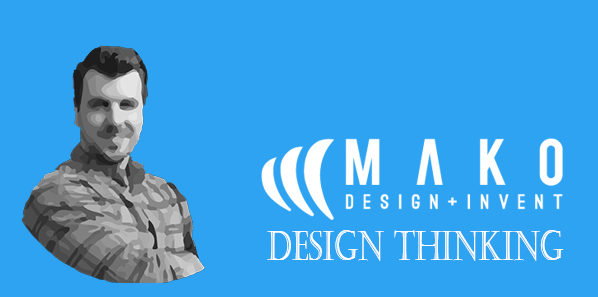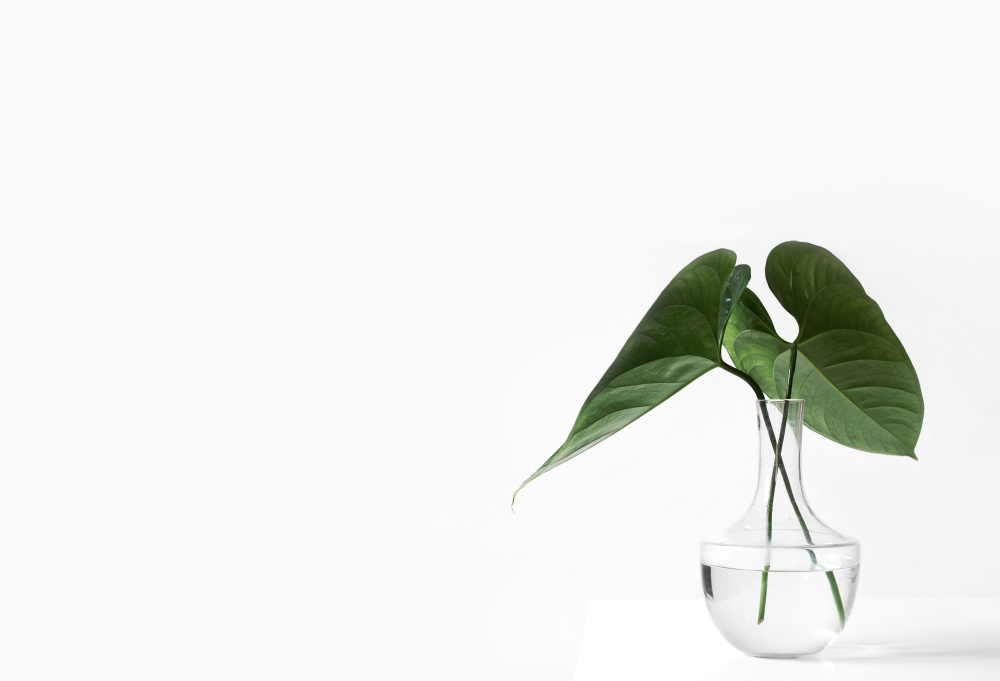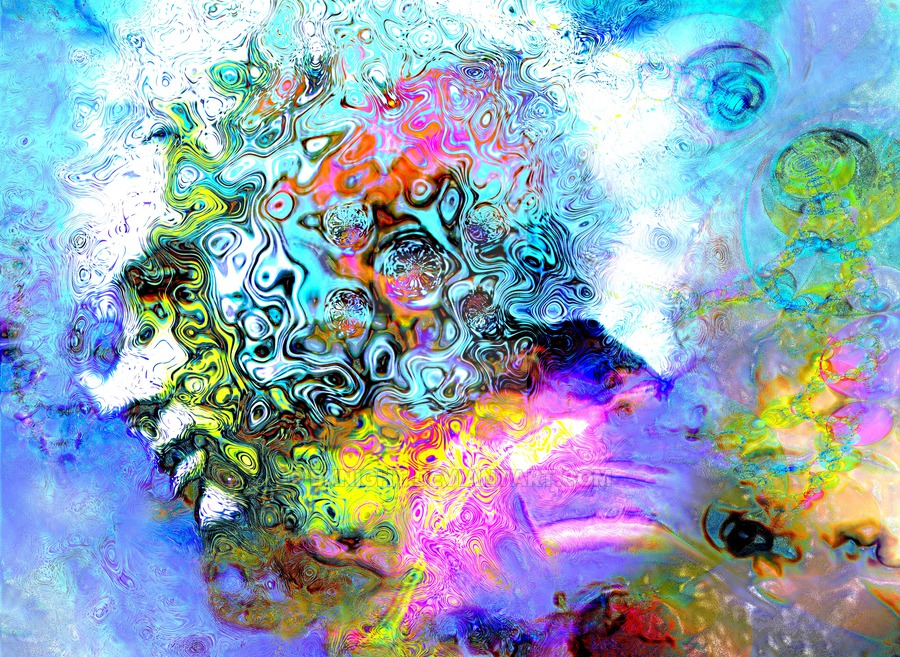
If you spend any time around the bright, red-walled, open-concept spaces at MAKO Design + Invent, you’ll see 3D drawings on large monitors zooming around the screens and flipping around as the designers discuss the virtues of a particular design. You’ll hear words thrown around like design thinking, design language, biomimicry, and organic look.
This is the language of industrial design, and it is what we do every day at MAKO Design + Invent. In perhaps the simplest terms, industrial design is the process of taking an idea, making it work and making it beautiful. When an idea walks through our door, it is little more than a few urgently drawn lines on a napkin. When it leaves, it’s a gleaming prototype.
Tons of know-how and experience go into designing products for our clients. This piece is for anyone who has a product idea, anyone making a prototype, or anyone who wants to know how we create our amazing products for our clients. We interviewed our Manager of Design Strategy, Rob Colgan, about the design process and design thinking that goes into creating an amazing consumer product.
What’s your design thinking or design process?
“When a client comes to us, they usually have a sketch, an idea, or a solution to an existing problem. In these cases, we are essentially starting from scratch. My first step is to think about how to simplify the product and its design, making it inexpensive to manufacture. I do this by establishing what the components might be from day one and then designing around them.
You want to go up in terms of how it looks as opposed to down.
You always want to set yourself up for the next phase in the production. In a way, it’s a lot like billiards. In billiards, planning your following two or three shots is essential. In design, if the form is created without functional components and manufacturing costs in mind, the design will only suffer as the development moves forward. Always plan ahead and allow the form to follow the function of the product.”
How much thinking should be done about the manufacturing process when you’re designing?
“I think about this from day one. Even if the client may not be thinking about manufacturing at that time, they eventually will. You need to have the end in mind, even if your client does not. Months down the line, when they are approaching manufacturers, the product needs to be feasible. Sure, we can 3D print anything, but if we don’t think about the manufacturing process for our clients, they may find themselves back at the drawing board.”
So, the design thinking begins with function over style?
“Yes, it’s essential to understand how the product functions and determine what components are needed. Then gradually shrink-wrap a beautiful housing around them as those components become better recognized down the line.
How much tradeoff is there for form over function?
“Well, for example, we had a client come to us with an existing concept design of their product, a design which was not manufacturable and may not function as desired, although it was imperative that we keep this design language. So, in this case, we turned our focus more to aesthetics to maintain that language while reminding the client of how costly it will be to produce.
At the same time, we were recommending cost-effective alternative options for the client to consider throughout the process. It’s our goal to provide the client with viable solutions that may lead to the success of their product. So it comes down to finding a sensible compromise between form and function.”

Where do you look for inspiration in design?
“A lot of my design thinking harkens back to Dieter Rams, who worked for Braun in the sixties and seventies and was known for something called the rational design aesthetic. His work was rational, almost minimalist – there was nothing superfluous to the functionality.
I’m a big fan of minimalism. Minimalist design thinking. Not only is it typically inexpensive to manufacture, it’s also timeless. You’re not showing off. If you show off too much, people may doubt its functionality, as it seems the design is trying too hard to market the product. The more flair there is, the faster it will go out of style as well.”
The 10 Principles of Good Design – DEITER RAMS
- Good design is innovative
- Good design makes a product useful
- Good design is aesthetic
- Good design makes a product understandable
- Good design is unobtrusive
- Good design is honest
- Good design is long-lasting
- Good design is thorough down to the last detail
- Good design is environmentally friendly
- Good design is as little design as possible
How do you think about the user?
“It is important to have a design that is intuitive. No one wants to read instructions. You should pick up a product and know how to operate it. As much as I like hidden features, they have to be intuitive. So, for example, if there is a power or main feature button, I like to slightly sink it into a concave surface.
It may be the same colour as the rest of the product housing, but because of the surface change, your thumb naturally gravitates toward it, making for a more natural feel. It makes for an organic and minimal appearance while being intuitive to use – you should enjoy the interaction with the product.”
Does nature inspire you?
“100%. It is called biomimicry. Finding interesting elements in nature that have been adapted over millions of years, and utilizing those elements in your design thinking. If you can look at an animal or creature that has a distinctive attribute and implement that into a product, that is ideal.”
What is Design Language?
“Design Language is the commonalities found within a specific product that carries through the entire design. For example, if a product had a hexagonal power button, that hexagonal shape would carry into the pattern in the speaker grille and possibly the shape of the bezel around the screen. Design Language ties it all in. The carrying of this language throughout a design is what gives it a tidy and professional look.”
Any last comments on your design thinking or design in general?
“I try to make products look appear as though they came from another planet. Very clean and simple, yet organic. I like to hide any indicator lights and use as little branding as possible so that the product looks like a sculpture when not in use. Then, upon powering it up, there may be a small haptic motor inside that pulses as the product awakens, followed by a subtle glow from a hidden LED indicator. Just brings a natural feel to techy products.
I love it when you can find new things in a product that you’ve owned for a while just by analyzing it. It’s those discoveries that make you appreciate the design thinking that goes into a product. When you end up saying months into ownership. “Oh, I like the way they did that.” That is everlasting design.
It’s hard not to get carried away with a design because you become excited about it. It’s always good to take a step back and question your added design elements. If I find myself jazzing up a design too much, I’ll ask myself, “Will the product really benefit this?” Then I’ll eliminate unnecessary elements.
It’s a complex road to simplicity. But simplicity is timeless.”
By: Jesse Waldin | MAKO Design + Invent
About: MAKO Design + Invent is the original firm providing world-class consumer product development services tailored to startups, small manufacturers, and inventors. Simply put, we are the leading one-stop-shop for developing your physical product from idea to store shelves, all in a high-quality, cost-effective, and timely manner. We operate as one powerhouse 30-person product design team spread across 4 offices to serve you (Austin, Miami, San Francisco, & Toronto*). We have full-stack in-house industrial design, mechanical engineering, electrical engineering, patent referral, prototyping, and manufacturing services. To assist our startup and inventor clients, in addition to above, we help with business strategy, product strategy, marketing, and sales/distribution for all consumer product categories. Also, our founder Kevin Mako hosts The Product Startup Podcast, the industry's leading hardware podcast. Check it out for tips, interviews, and best practices for hardware startups, inventors, and product developers. Click HERE to learn more about MAKO Design + Invent! *NOTE: Engineering services are provided exclusively by our USA-based engineering team








